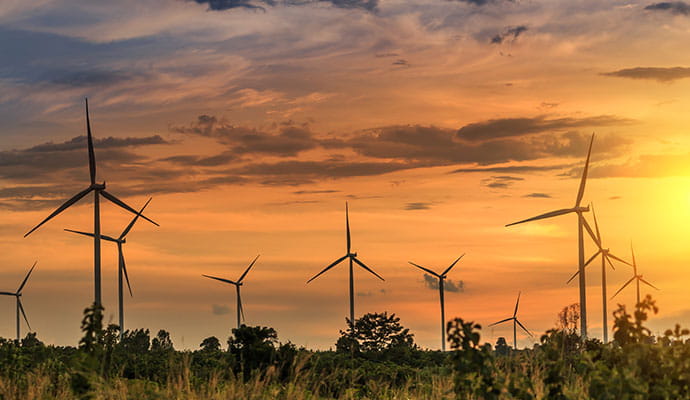LISTEN TO THE PODCAST
Interviewer: Anthony Holt
Transcript:
Anthony:
I’m with Alan Yau, Executive Director for Advisian’s Southeast Asia and China operations, to talk about renewable energy sources in the region.
Alan, thanks for joining us.
Alan:
Thank you.
Anthony:
Alan, in your opinion, what do you think developed countries can learn from the energy solutions we’re now seeing in some developing countries in Southeast Asia?
Alan:
Private investors stepped up their commitments to renewable energy significantly during 2015-16 and early parts of 2017. In this region, this year witnessed both an increase in the number of large banks active in the renewables sector and an increase in loan size, with major new commitments from international investment firms to renewables and energy efficiency. New investment vehicles – including green bonds, crowdfunding and yieldcos (not successful in the case of SunEdison) – expanded during the last few years. Mainstream financing and secularisation structures also continued to move into developing country markets as companies (particularly solar PV) and investors sought higher yield, even at the expense of higher risk.
Tendering has gained significant momentum in recent years and is preferred to feed-in policies in a growing number of countries. By the end of 2016, all the SEA/India and ME countries had held renewable energy tenders, with record bids in terms of both low price and high volume seen across the world’s developing and emerging countries. European countries also are transitioning to tendering, reflecting the shift in EU policy.
Anthony:
So it seems there’s a lot of investment in the region?
Alan:
In 2015, a total of about ~$210bn was spent renewable power and fuels globally in what was a record year for investment in the sector, according to the Ren 21 report. But more than ~$130bn of that total, which doesn’t include large hydropower schemes and heating and cooling technologies, took place in developing countries such as China, India and Brazil.
China has decoupled GDP and Energy growth; which has made it possible for improving the energy efficiency in a systematic way; Developing countries usually follows the suite of developed countries in over projecting Energy Demand by comparing it to GDP. Denmark and China have got this right; in future country level and global policy on energy efficiency needs to be discussed and prioritised in implementation.
Anthony:
What different renewable technologies or trends are you currently seeing across Southeast Asia and China?
Alan:
Scaling up of investments and work force for renewables including implementation of mega cities (or smart)
Interconnection of sectors: Power and Transport to grow in a synchronised way and verifying the economic and technical resilience is important.
Storage options – asset class needs to be defined by the regulators as a supported or competitor in the grid
Future of transport – electrification or biofuels
Anthony:
And any final thoughts for us?
Alan:
In finishing up this podcast, I'd like to finish up with a quote from Albert Einstein. He said:
"In the middle of difficulty lies opportunity."
I think we can relate this to the implementation of battery storage. It is currently challenging, especially at grid scale, but I think we need to take this as an opportunity, and take advantage of this and work out the best way of handling our market and also system models - so that we have a secure and reliable electricity system.
Anthony:
Alan, thank you for your time.
Alan:
Thank you.


